Making time for the timeless
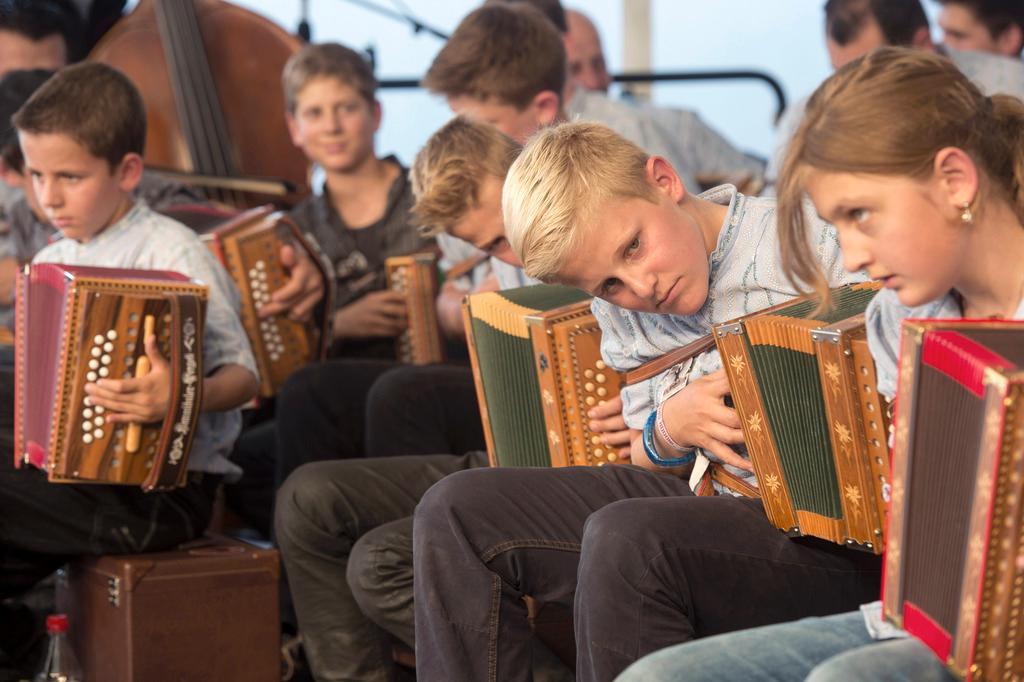
Switzerland keeps alive a wide range of traditions in the face of globalisation and today’s fast-paced society. But competing with the digital revolution isn’t easy. How does the country hold on to its past? And is it succeeding?
It’s a sunny Saturday afternoon, and Aarau’s Old Town is filled with tents and stands and platforms. Flags hang over narrow streets filled with pedestrians. People in traditional costumes sit together at tables in restaurants, drinking beer and eating sausages. Spectators form half-circles around quartets of musicians. Small children sit on the ground in the empty spaces, studying the instruments.
The event is the Swiss National Folk Music Festival, where 1,500 musicians are entertaining some 100,000 visitors over the course of four days.
“It’s important to renew people’s awareness of these traditions, and to celebrate them, and for that we need festivals,” says Alex Hürzeler, culture minister of canton Aargau. “It doesn’t matter if they’re held in a small village or a neighbourhood or at a national level like this one in Aarau. They’re necessary in order to spread a sense of community, to allow people to celebrate together, across borders.”

More
Cultivating the culture of the past
Federal festivals
Switzerland’s federal festivals have an almost 200-year history, with roots planted before the Swiss Confederation officially existed.
There are festivals for a wide range of activities. The first – which took place in 1824, also in Aarau – brought together the country’s marksmen. Fifteen more disciplines were introduced between 1832 and 2008, among them Swiss wrestling, yodelling, traditional costume wearing, and a sport called ‘Hornussen’ that to a novice looks vaguely like a cross between golf, fishing and lacrosse.
Today the federal festivals are hugely popular. The most recent federal sport festival (held once every six years) drew 60,000 participants and 100,000 spectators, while three times that many attended the Swiss wrestling festival. The marksmanship contest is the largest of its kind in the world.
These are amateur sports. “Every wrestler has a job,” says wrestling official Roger Brügger. “We work during the day and train at night.” And the sports are accessible to the average citizen – not just as a spectator but also as a participant.
Carrying on traditions
The Merriam-Webster dictionary defines tradition as “a way of thinking, behaving, or doing something that has been used by the people in a particular group, family, society, etc., for a long time”.
Dancing in traditional Swiss costume is something a family can do together for decades. For one woman in Aarau it’s been 27 years. Her son used to take part. Her daughter still does. Unfortunately, the daughter lives in another part of the country but she says it’s important “that the tradition is carried on”.
“Making music is one of the best things you can do, in my opinion,” says an accordion player in his twenties. “You can make other people happy. And it’s fun.”
Yodelling and playing the Swiss accordion are often passed down in families.
But one woman who teaches yodelling in a Swiss city says it’s hard to find people to carry on the tradition there. “It used to be that if you yodelled, you belonged to a yodelling club and performed in concerts and sat on the board. It required a commitment.” Today yodelling clubs attract fewer people, she says. “But what remains is the attraction to the music. For me, it’s a fascination with the way you use your voice, changing from head to chest. It’s very joyful. And in a group, it’s the way we harmonise.”
If you ask the attendees at the festival, folk music is far from dying out.
“There has been increased interest recently,” says Matthias Wüthrich, music editor for the folk station Radio Tell. “Among young people as well. People want to make music again, to be involved themselves. In the face of globalisation, it’s a movement back to our roots.”
Yet there are relatively few young people at the federal folk music festival.
And the popularity of other cultural traditions is uncertain. The costume seamstress hasn’t been able to find a successor to take over her business when she retires. And a woman seated at a small loom in the marketplace says young people don’t have the interest – let alone the room – required to practise weaving.
That doesn’t mean there’s no interest in the tradition, however. American expat, Kali Tal, says that for her, weaving once a week with a group of Swiss women is “a way to connect” and an opportunity to learn Swiss-German dialect. (See separate story)
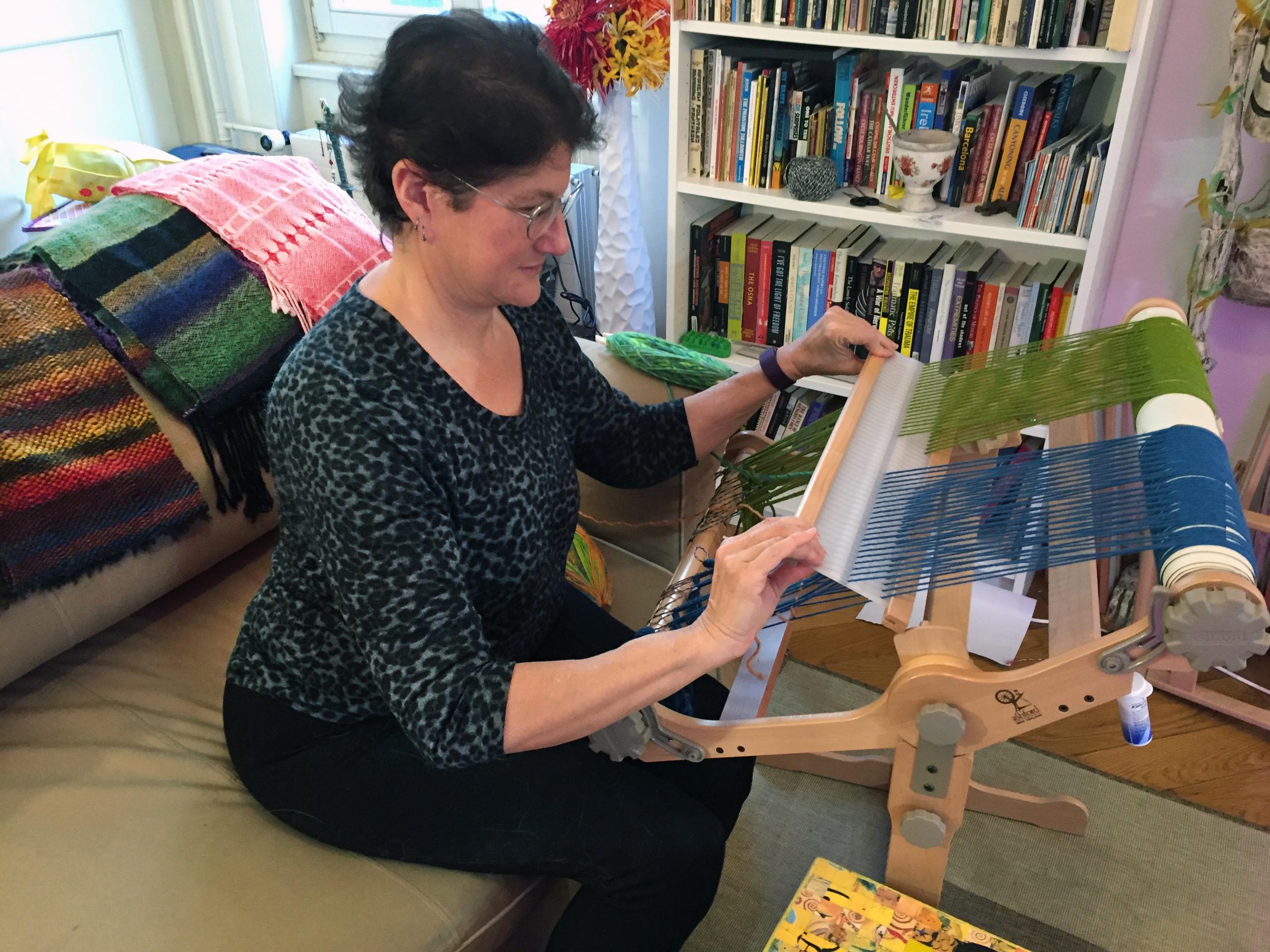
More
Tradition as a form of integration
The government as promoter
Although it’s individuals and families who practise traditions, communities at all levels play a role in maintaining them.
“It’s a shared responsibility between the Confederation, the cantons, the cities and villages,” says David Vitali of Switzerland’s Federal Office of Culture. “Culture is a matter primarily for the cantons, whereas the Confederation has a subsidiary role.”
The federal government tries to contribute to the visibility and awareness of traditions, Vitali says. One such project – which Vitali coordinated – was the selection of 167 living traditions as part of Switzerland’s implementation of the UNESCO Convention for the Safeguarding of Intangible Cultural Heritage, ratified in 2008.
In 2012, Switzerland published the Inventory of Living Traditions in SwitzerlandExternal link. The traditions, which were proposed by the cantons, had to fulfil the criteria according to UNESCO’s Convention. These include transmission, continued practice and the sense of identity and community that they provide.
According to Vitali, how traditions are passed down is also starting to change. “If you look at really modern traditions, like flash mobs, for example, the information is passed on by social media networks. It’s really based on modern methods of communication.”
In addition to selling roast chestnuts and playing the alphorn and keeping bears in Bern, Switzerland’s list of living traditions contains newer traditions like a meeting of motorcycle enthusiastsExternal link.
“That was a really new thing, but of course people reacted differently,” says Vitali. “There were those who said, ‘That’s interesting’ and others who told us ‘That’s certainly not tradition’, because tradition is often associated with festivities and folklore.”
Regional differences
To some extent, speaking of “Swiss traditions” is misleading, because traditions can differ greatly from region to region.
“Switzerland measures 350 km by 250 km and in that area we have a huge diversity of styles, in folk music as well as in classical music,” says Martin Frey, a concert accordion seller from Oberentfelden, near Aarau. “All in a compact space, there’s a Swiss accordion scene with music that’s totally different from the orchestral accordion scene or from people who play solo, or who combine accordions with other types of instruments.”
Other traditions are linked to a certain region or language group. “Schwingen” – Swiss wrestling – is mainly practised in German-speaking Switzerland, says Roger Brügger. “There are wrestlers in the French regions, but certainly less than in German-speaking areas. We’re working to increase that base.”
Tradition and tourism
For most Swiss traditions, the roots aren’t all that deep, according to Vitali. “Many traditions are less old than we may think. Alphorn playing, for example, was more or less forgotten until the beginnings of tourism, which reinvented the tradition and gave it the place it has now.”
Today, tradition and tourism are closely interlinked.
“We’ve seen that interest in customs, living traditions, cultural landscapes, is growing, especially among tourism professionals,” says Vitali. “Approximately half of summer visitors to Switzerland cite cultural values and authentic encounters as main reasons for their trip, and not only the mountains.”
Likewise, visitors’ interest can help to safeguard traditions. “Appreciation from an outsider may raise local awareness of a custom or a practice. A good example would be the annual descent of cattle from their summer Alpine pastures. There are practices like these which have been revived and now attract thousands of spectators.”
Supporting tradition
Practising a tradition “marks everyday life. It structures life,” says Vitali. “UNESCO says it gives people a sense of identity, of continuity. It helps to orient people in their surrounding world.”
For the city of Aarau, hosting federal festivals has become a tradition. By the year 2019, when the federal sport festival takes place there, the city will have hosted all of the major national festivals within 20 years. That’s a lot of traditions being handed down.
“You can only win [as a sponsor],” says Aargau’s culture minister, Hürzeler. “When people come together, have fun together, are sociable, then it’s a winning situation that crosses all borders, from political borders on up to religious borders. The whole country comes together – there’s even international participation. And it’s always a win when people meet on these terms.”
New anthem
Singing the Swiss national anthem is a tradition that takes place every August 1st on the Rütli meadow in canton Uri, considered the birthplace of the Swiss Confederacy. In his 2015 book Republic or Death: Travels in Search of National Anthems, British journalist Alex Marshall looked among other things at the public contest launched in 2013 to create a new Swiss hymn.
“Most countries change anthems surprisingly often, but mostly when they have a revolution or a war, or they overthrow their royal family and become a republic,” Marshall told swissinfo.ch. Switzerland “will be waiting 3000 years if it waits for one of those events. So the fact that they’ve tried to change [their anthem] and modernise it and make the first anthem for the 21st century about their values, rather than describing how fields look and saying ‘we have really high mountains’, I think should be praised.”

In compliance with the JTI standards
More: SWI swissinfo.ch certified by the Journalism Trust Initiative










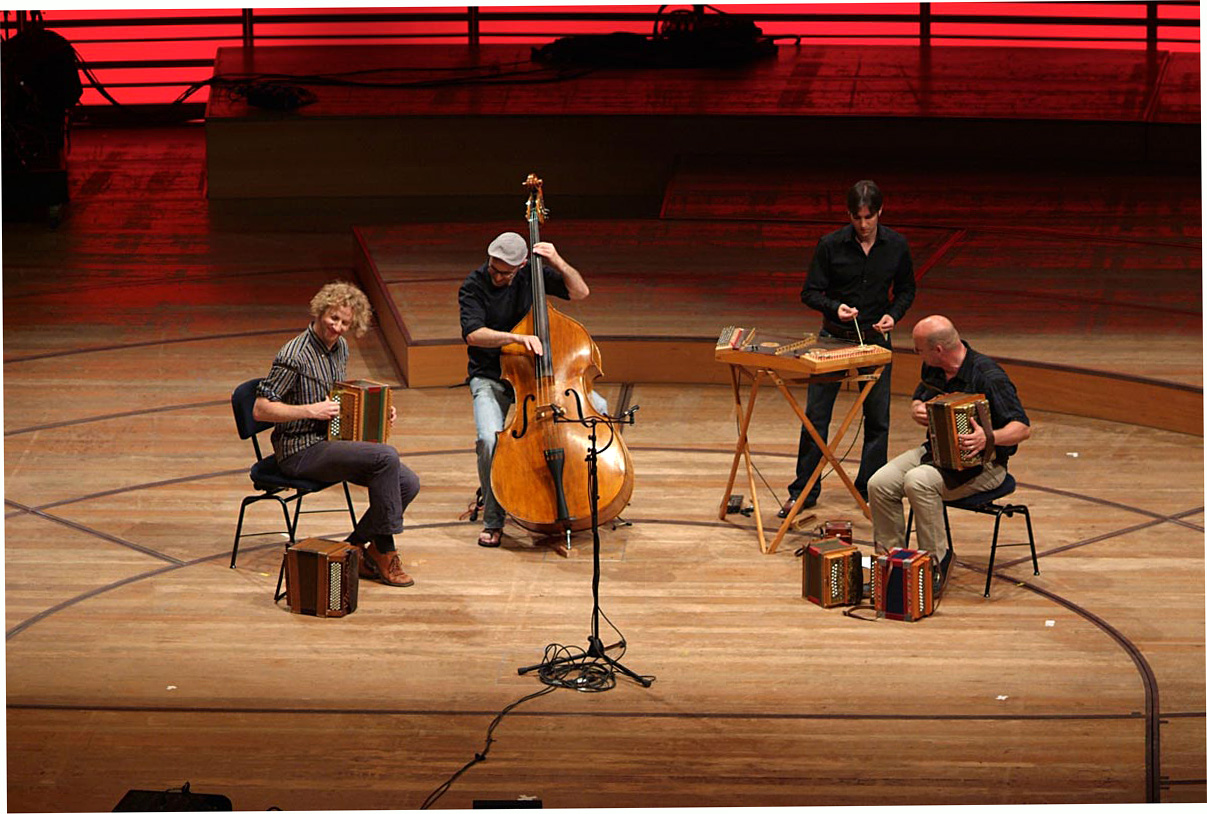

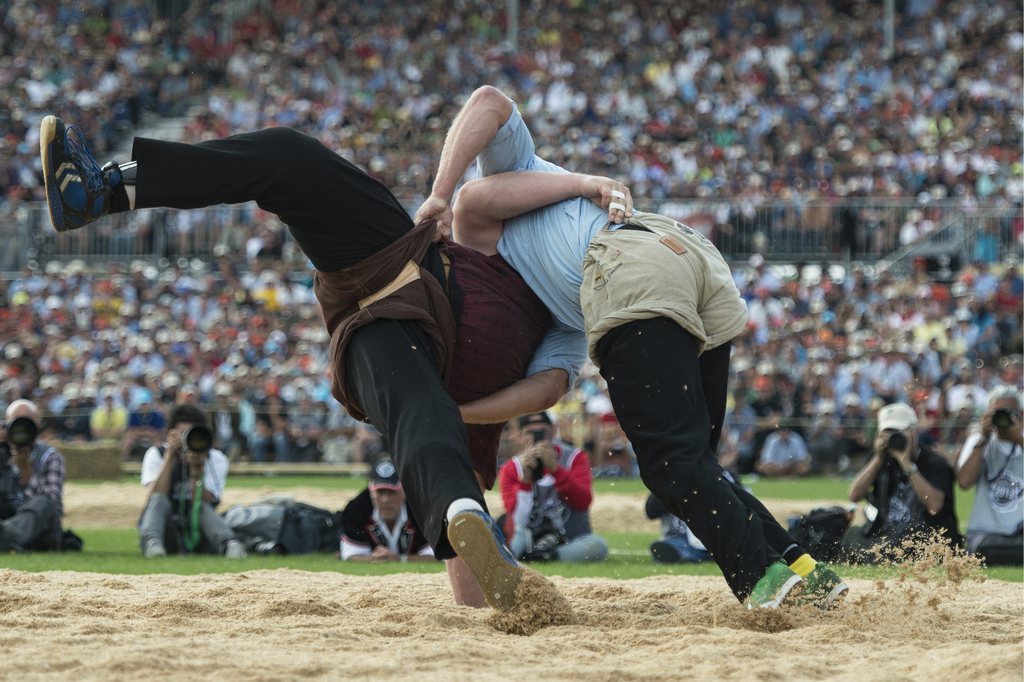
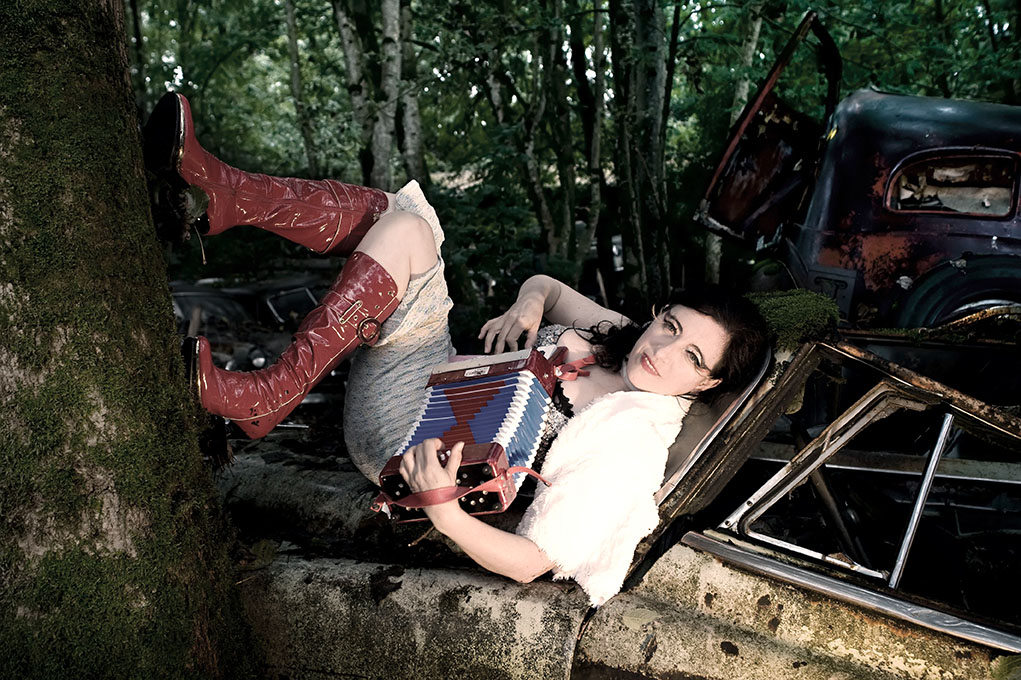
You can find an overview of ongoing debates with our journalists here . Please join us!
If you want to start a conversation about a topic raised in this article or want to report factual errors, email us at english@swissinfo.ch.